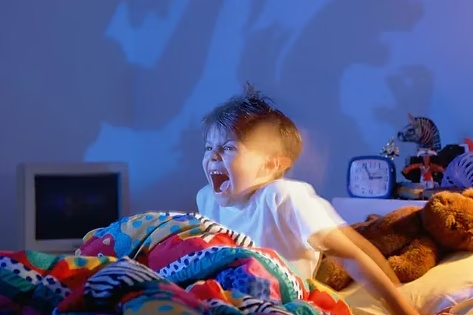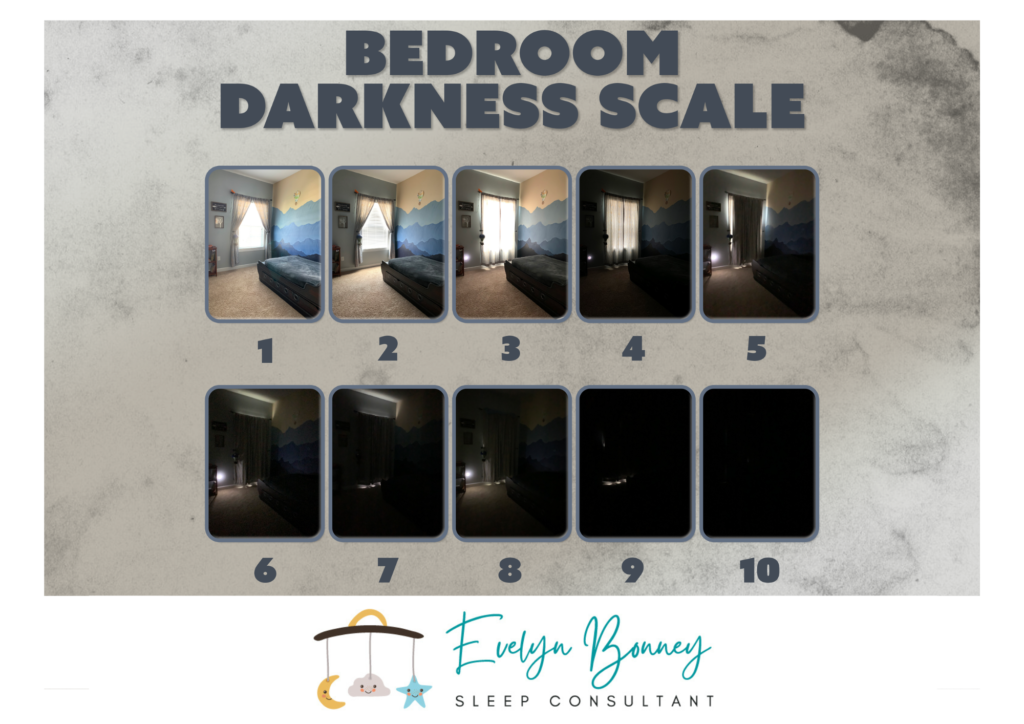
As a sleep consultant, this question comes up a lot when I work with older children. It’s important for parents to understand the different between night terrors and bad dreams as they require different interventions. In this blog I will hopefully clarify these important differences and offer some strategies to deal with them.
What are night terrors?
Night terrors, also known as sleep terrors, occur during a deeper stage of sleep know as NON-REM (Rapid Eye Movement) sleep, typically within the first few hours after a child falls asleep. Unlike nightmares, which happen during light stage REM sleep and can be recalled, night terrors are marked by intense fear, screaming, confusion, and even sleepwalking. Children that experience night terrors usually have little to no recollection of the events the following morning.
These episodes can last anywhere from a few minutes to 30 minutes and are most prevalent in children aged 3 to 12 years. While night terrors can be alarming, they are generally a normal part of childhood development and not indicative of deeper psychological issues.
What causes night terrors?
While the exact cause of night terrors is not fully understood, they are believed to stem from an over-arousal of the central nervous system during sleep. Several factors can increase the likelihood of night terrors, including:
- Overtiredness
- Stress
- Illness and/or high fevers
- Sleep schedule disruptions or irregular sleep routines
- Certain Medications: Some drugs can affect children’s sleep.
Genetics also play a role, as children with a family history of sleep disorders, have been shown to be more at risk of experiencing night terrors.
What can parents do?
Night terrors can be distressing but here are some things to consider to try and reduce the frequency of night terror episodes:
- Maintain a consistent bedtime routine
Establishing a calming and predictable bedtime routine can help ease your child into sleep and reduce the likelihood of night terrors. - Ensure adequate sleep
Make sure your child is getting enough sleep based on their age. For example, a 3 years old need 12-13 hours sleep in 24 hours. It can be easy for children of all ages to become overtired but children who are consistently overtired are more likely to suffer from night terrors. - Minimize stress
Create a comforting environment by addressing any worries your child may have during the day. A secure atmosphere can help reduce anxiety and promote better sleep. - Keep the environment safe
If your child tends to sleepwalk during night terrors, ensure their sleeping area is safe. Secure windows and doors, and remove any potential hazards. - Schedule awakenings
If night terrors happen at a consistent time, gently waking your child 15-30 minutes before the expected episode can help interrupt the sleep cycle and potentially prevent the night terror.
Conclusion
Night terrors can be a frightening experience for children and parents. However, with understanding, patience, and implementation of some of the strategies discussed above, most children will outgrow night terrors.
Remember, you’re not alone in this journey. Reach out if you need any help and support. Book a free call with me via the button below. Sleep well.



